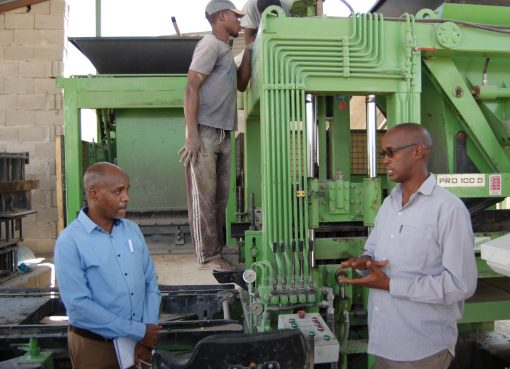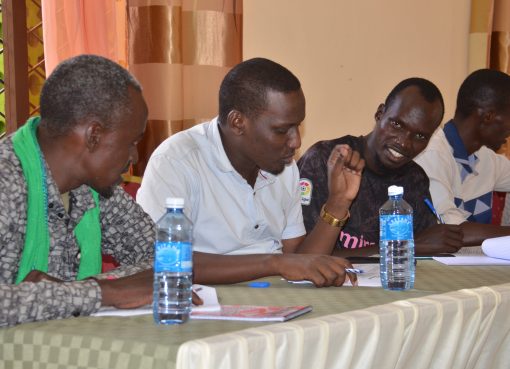Garissa County government has rolled out an innovative, community-led system of livestock disease monitoring using smartphones to collect and transmit surveillance data.
The electronic surveillance (e-surveillance) system entails mapping out common livestock diseases in the county in order to improve early detection, making intervention more accurate and effective.
Speaking today at a Garissa hotel when he opened a two-day training workshop for sub-county veterinary officers, meat inspectors and lab technologists Dr Haret Hambe, the County Director of Livestock Services said that the system would assist the department in making decisions and planning.
Dr Hambe said the system would also promote syndrome disease surveillance that uses clinical features discernible before disease confirmation adding that ‘simple signs of coughing or loss of appetite is an alert to potential disease outbreaks’.
He said that syndrome surveillance is advantageous because of its timeliness and ability to detect community-wide outbreaks that are confirmed through the intervention of community disease reporters trained to identify common livestock diseases.
The new initiative will also enable the department to respond faster during emergency outbreaks,” Dr Hambe said.
“By adopting this system, we will be safeguarding livelihoods, planning for vaccinations and timely quarantine as you all know, there are emerging and re-emerging diseases,” he added.
Abdisamit Osman, the Kenya Accelerated Value Chain Development program (AVCD) County co-coordinator said the e-surveillance system would promote a more targeted, data-informed approach to disease prevention and control.
“By using this system, the county will be able to plan better and allocate its resources in a more prudent manner based on needs on the ground,” he said.
The surveillance system is taking advantage of the widespread uptake of mobile telephones throughout Kenya.
The initiative that is supported by the International Livestock Research Institute (ILRI) through USAID and funded AVCD project will enable the veterinary department to expand sources of surveillance data and specifically involve local communities.
Livestock production is the main economic activity of pastoralist communities living in the arid and semi-arid areas of Northern Kenya. Some 90 percent of the population in these areas is involved in livestock production, providing 70 percent of the country’s meat.
Unfortunately, diseases that affect cattle, sheep, goats and camels are endemic in these regions and are a key constraint to livestock production.
by Jacob Songok




